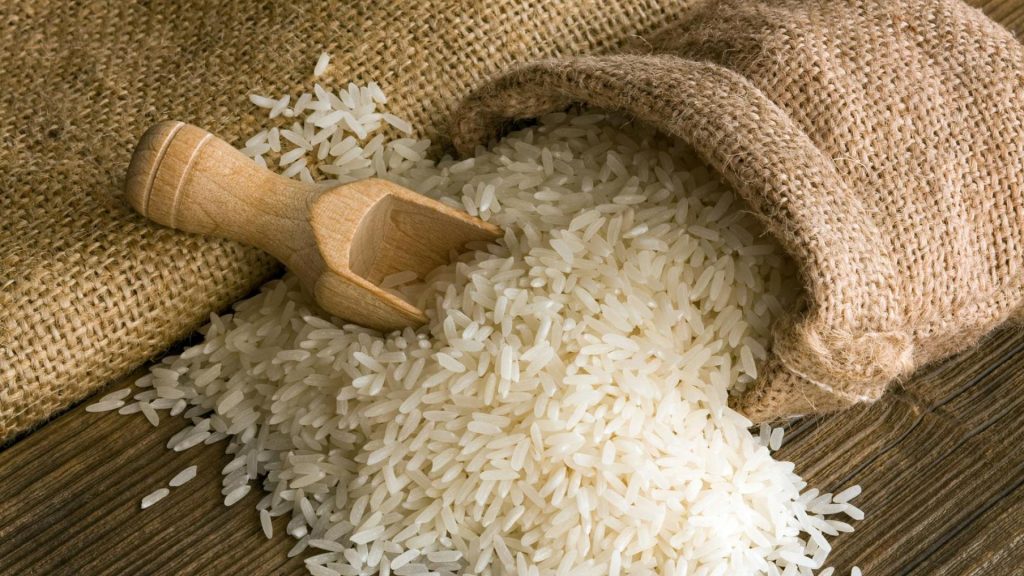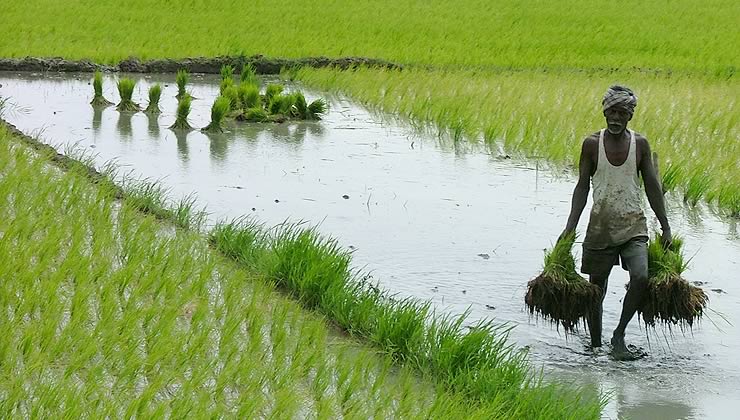Rice cultivation is believed to be the first agriculture attempt in the world. Un-milled rice before removing its husk is called paddy.
It is the second largest cereal produced in the world after corn.
Asia dominates in rice production accounting for over 90% of the total world’s production in the world.
China is the largest producer of rice contributing for over 30% of the world’s rice output. India occupies the second position accounting for about 22% followed by Indonesia with 8%, Bangladesh with 7% and Vietnam with 6% of total rice production in the world.
Historical evidence suggests that rice was originated either in southern parts of India or in the parts of India and Burma. It is also being cultivated in China since ancient times and China occupies the first place in rice production in the world.
Rice is the seed endosperm, a rich source carbohydrates and forms the staple food for a larger section of world population, particularly Asia.
Rainfall or irrigation is the most important element that determines the growth and yield of rice crop. Another important element is temperature. Rice requires a fairly high temperature, ranging from 20° to 40°C and an optimum temperature of 30°C during day time and 20°C during night time.
